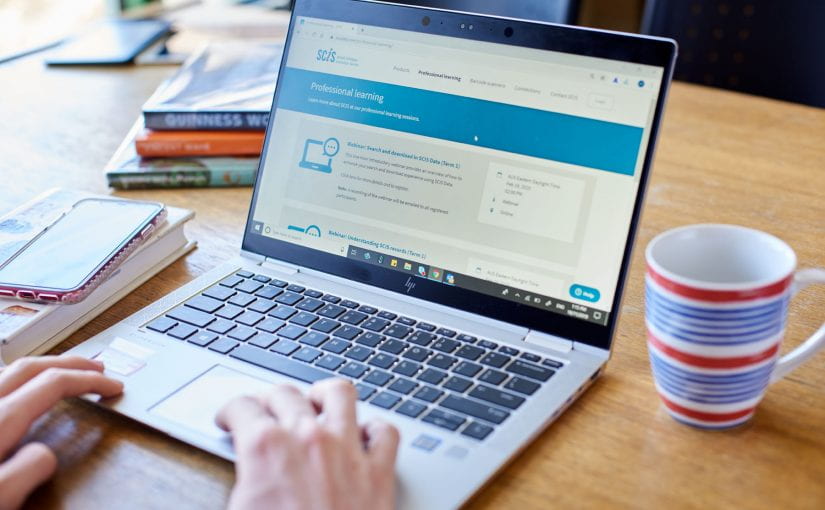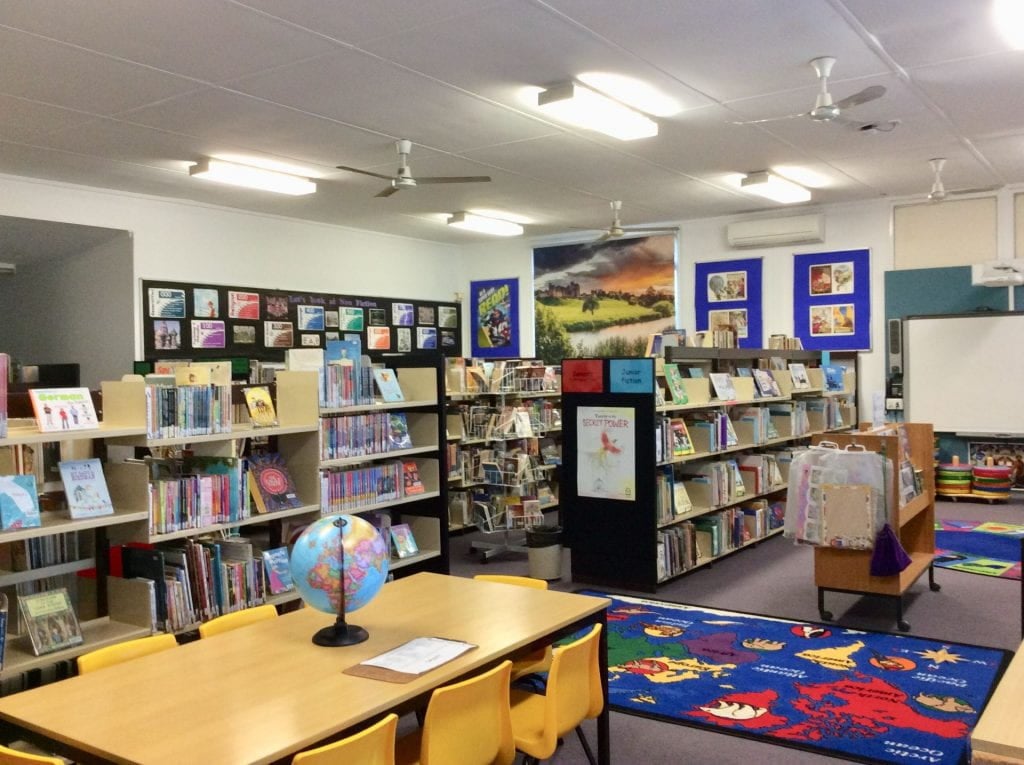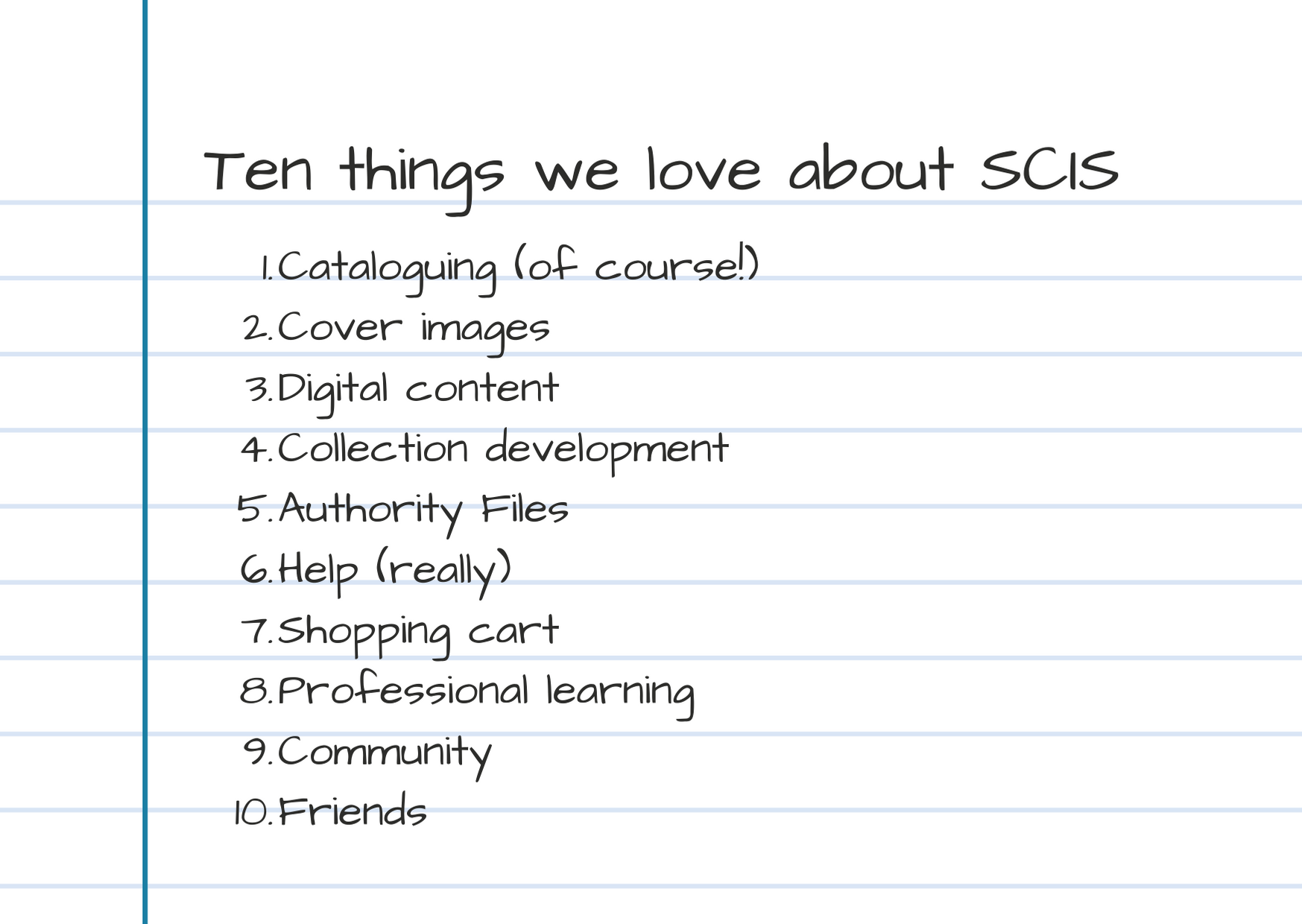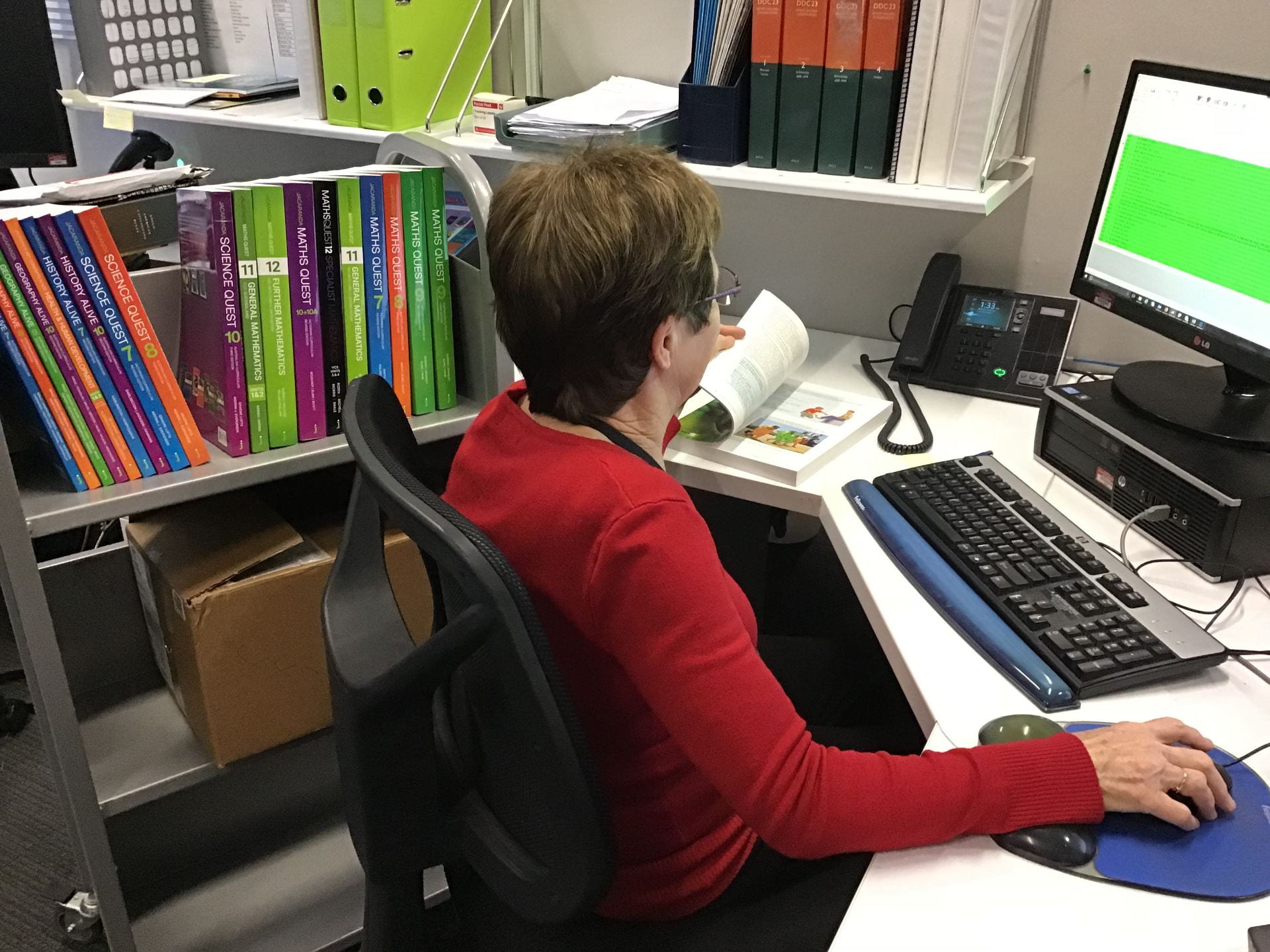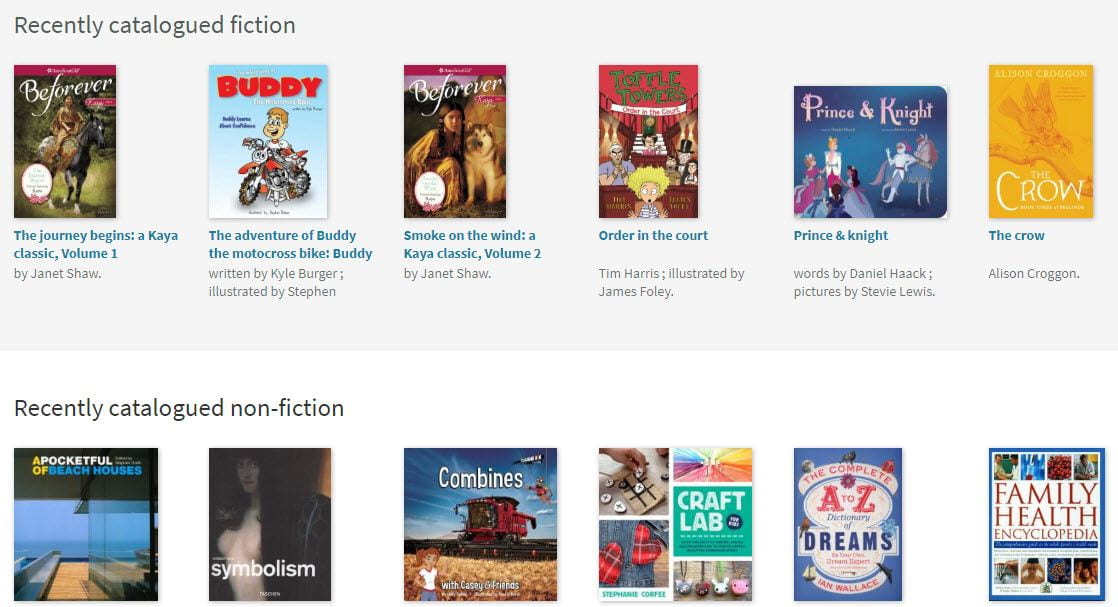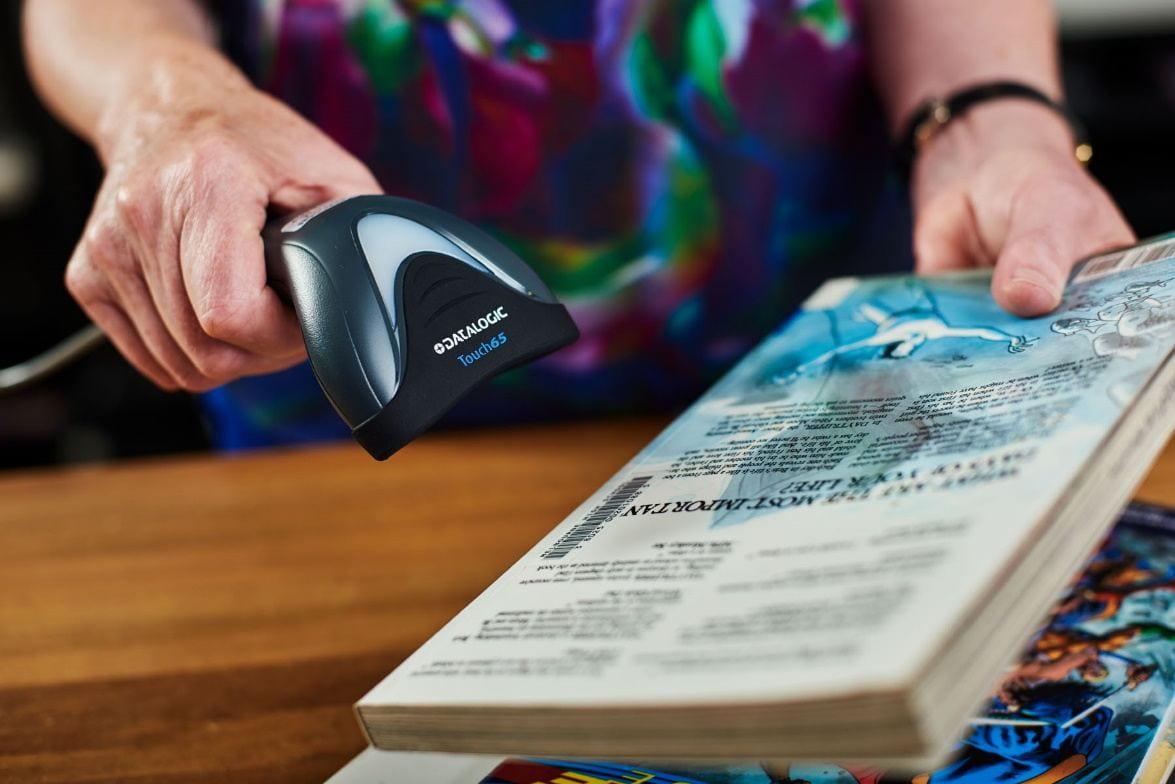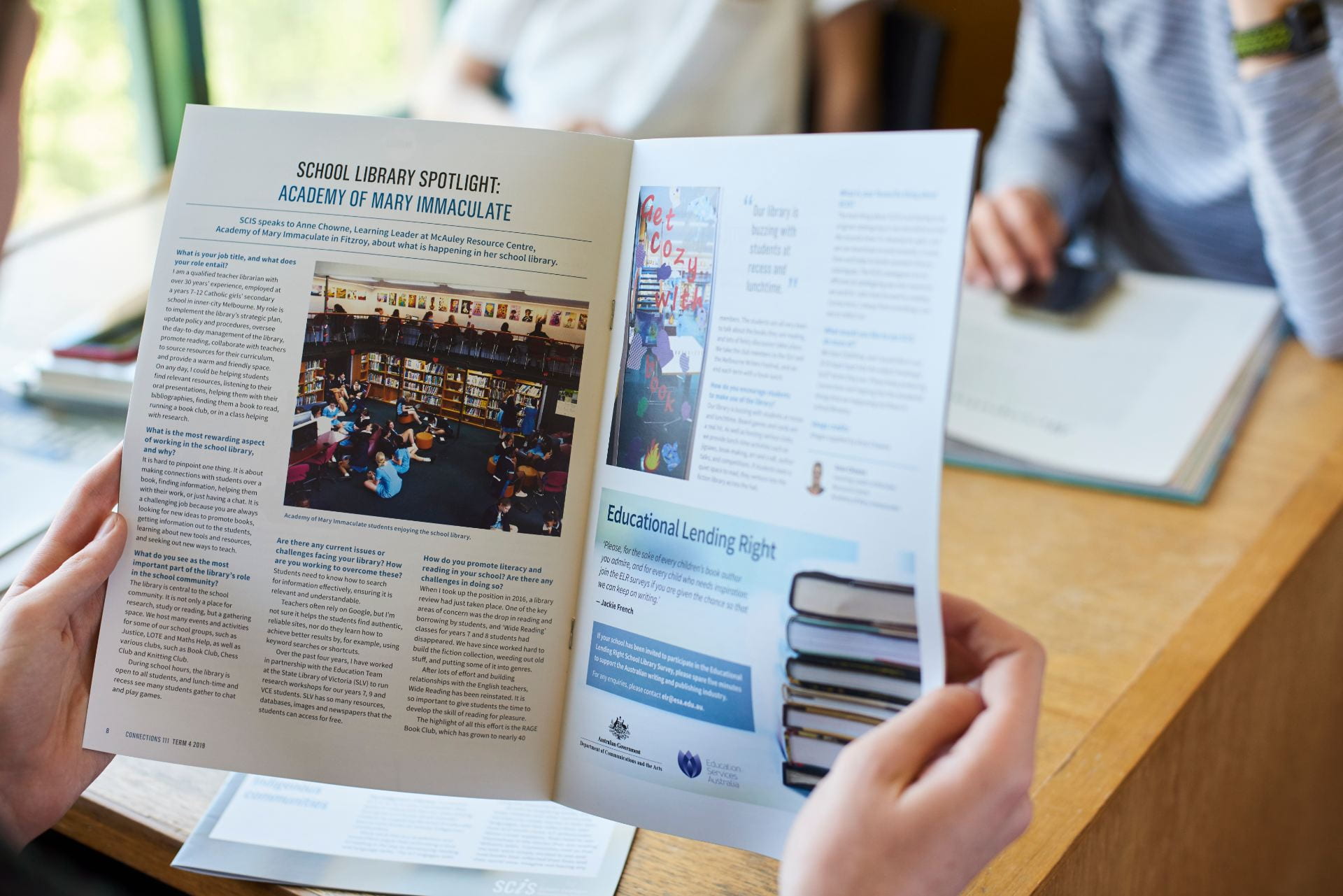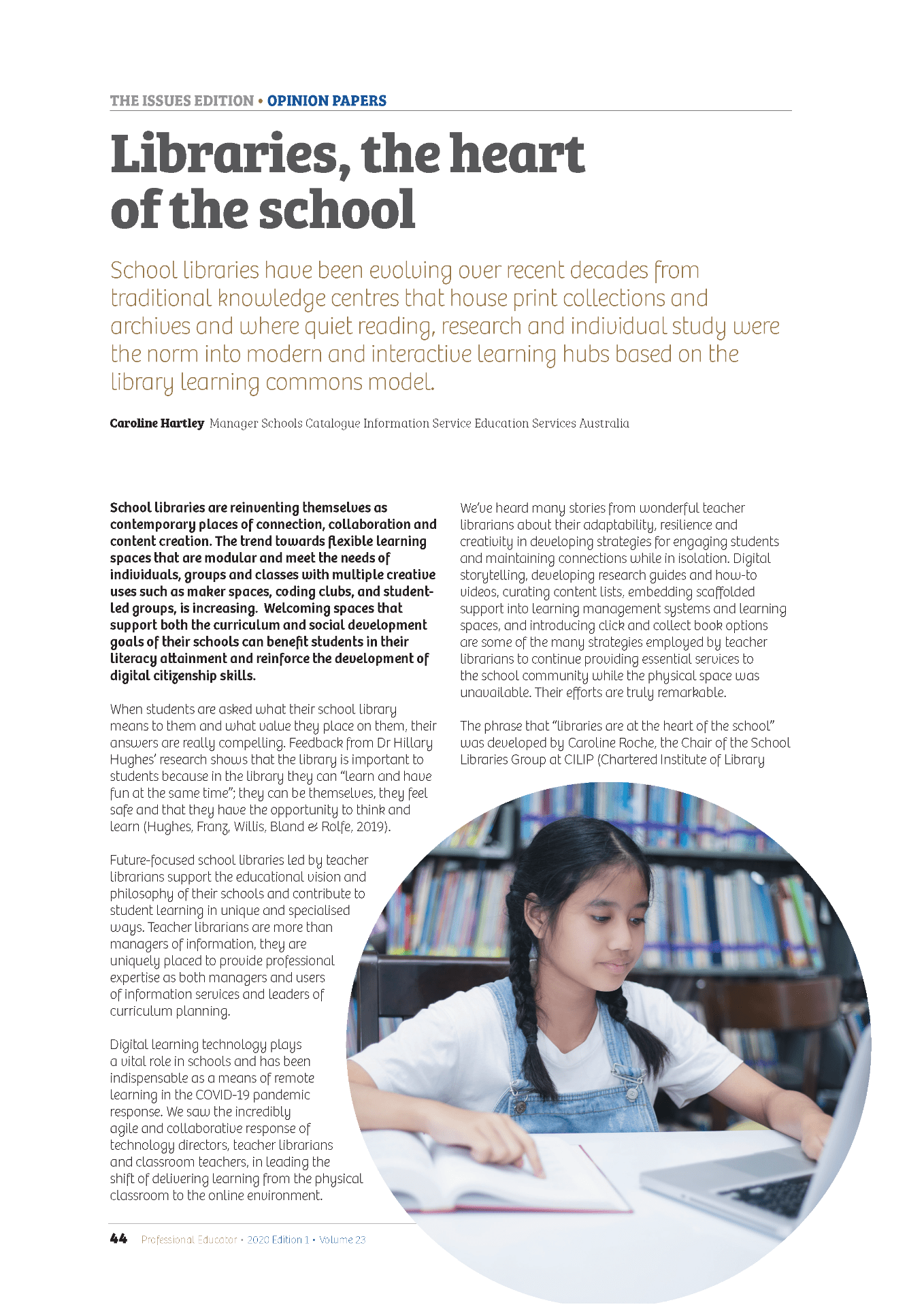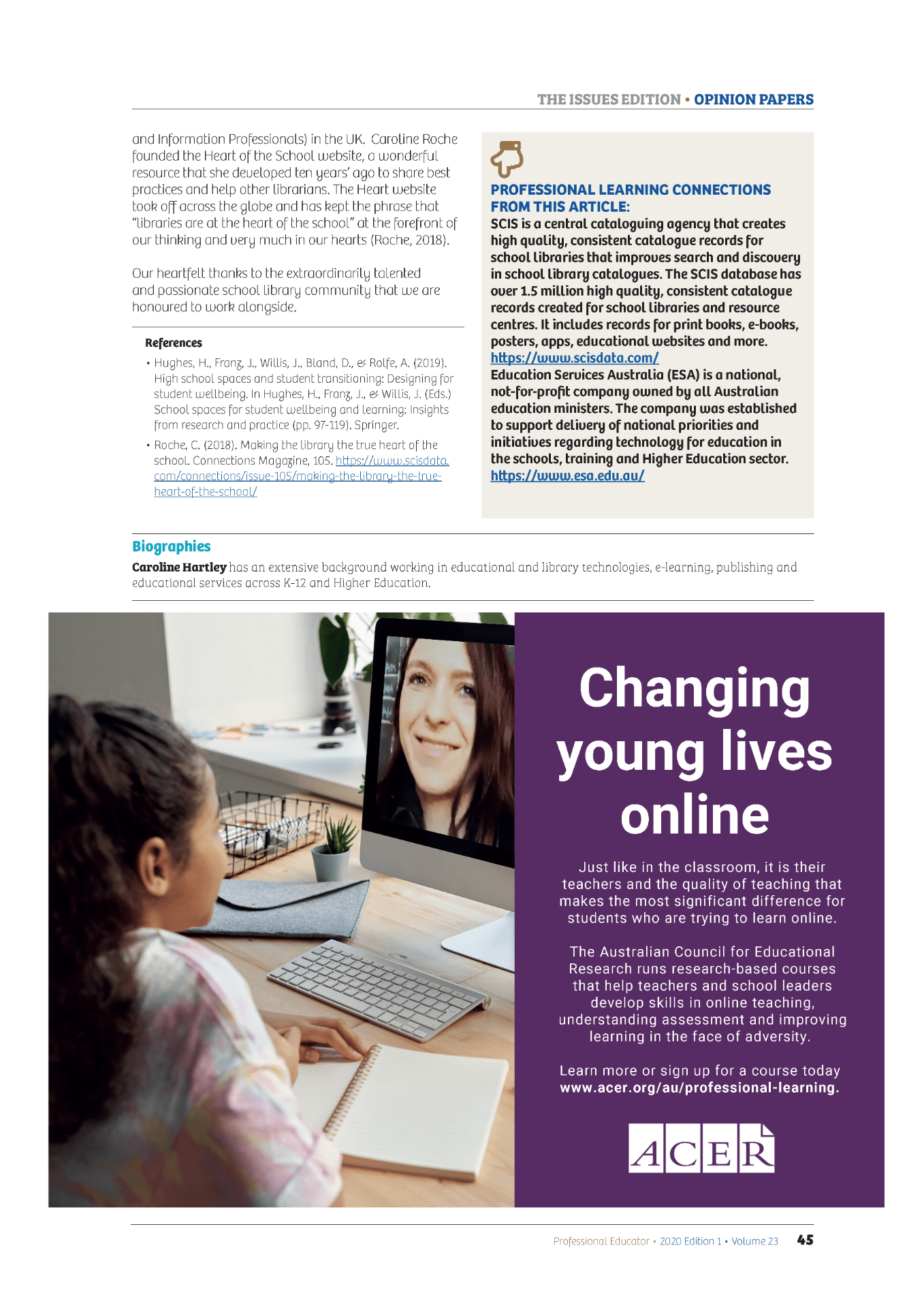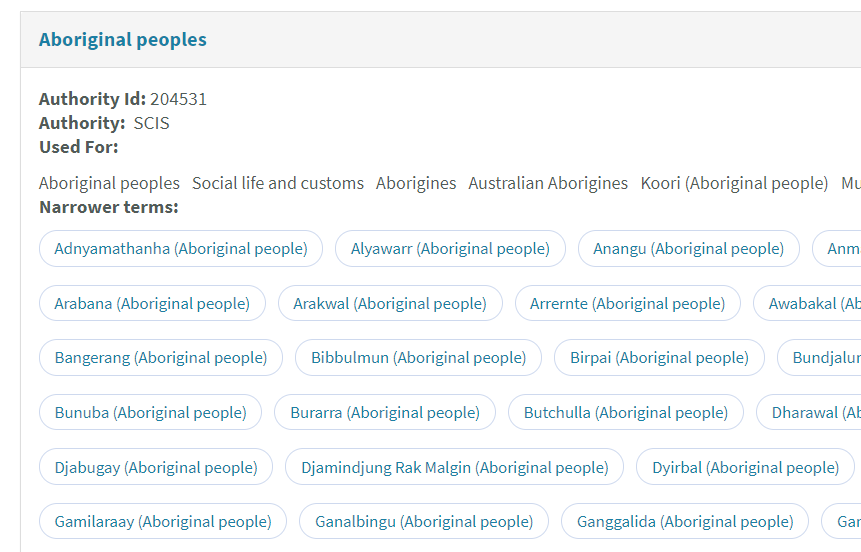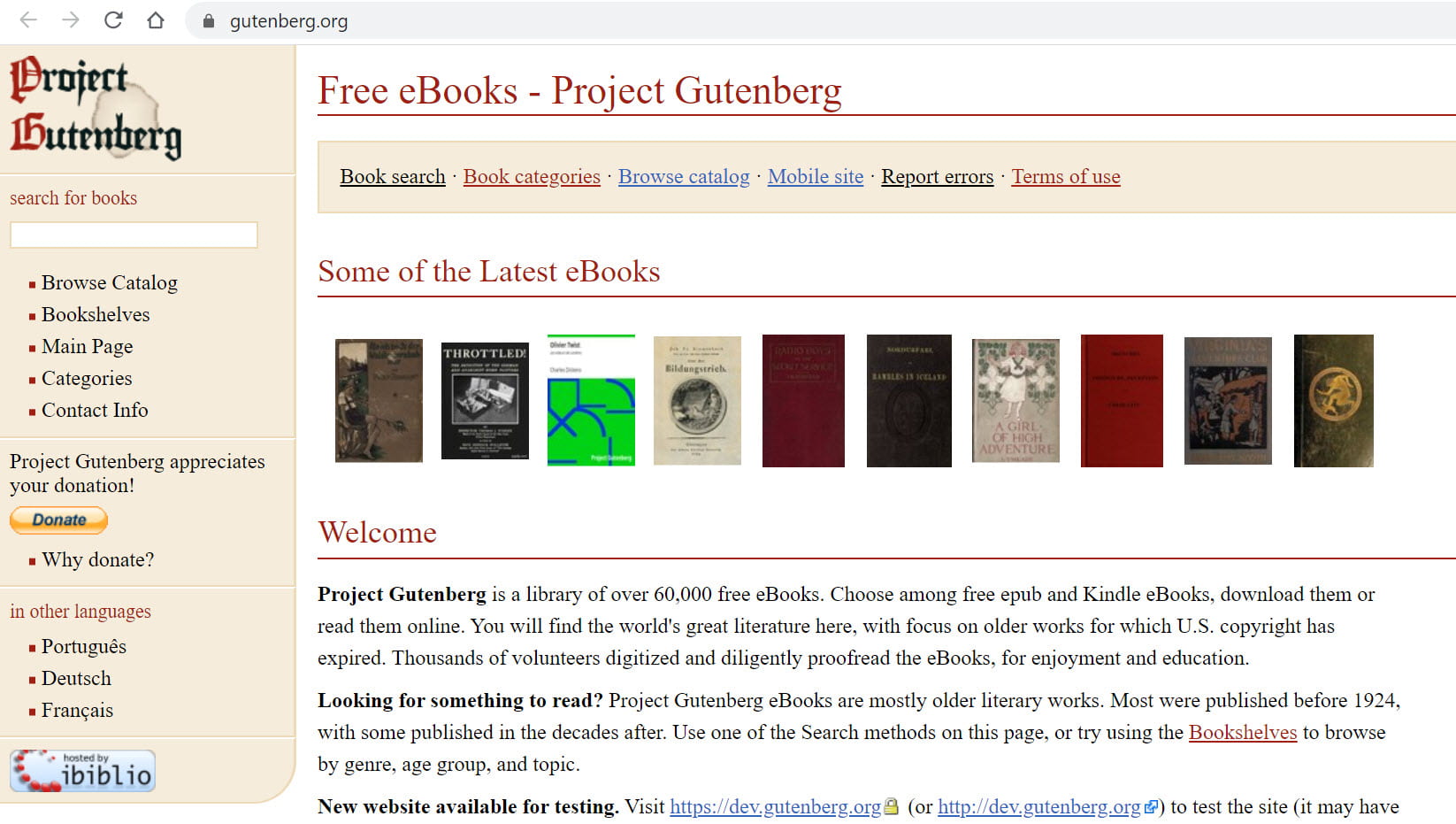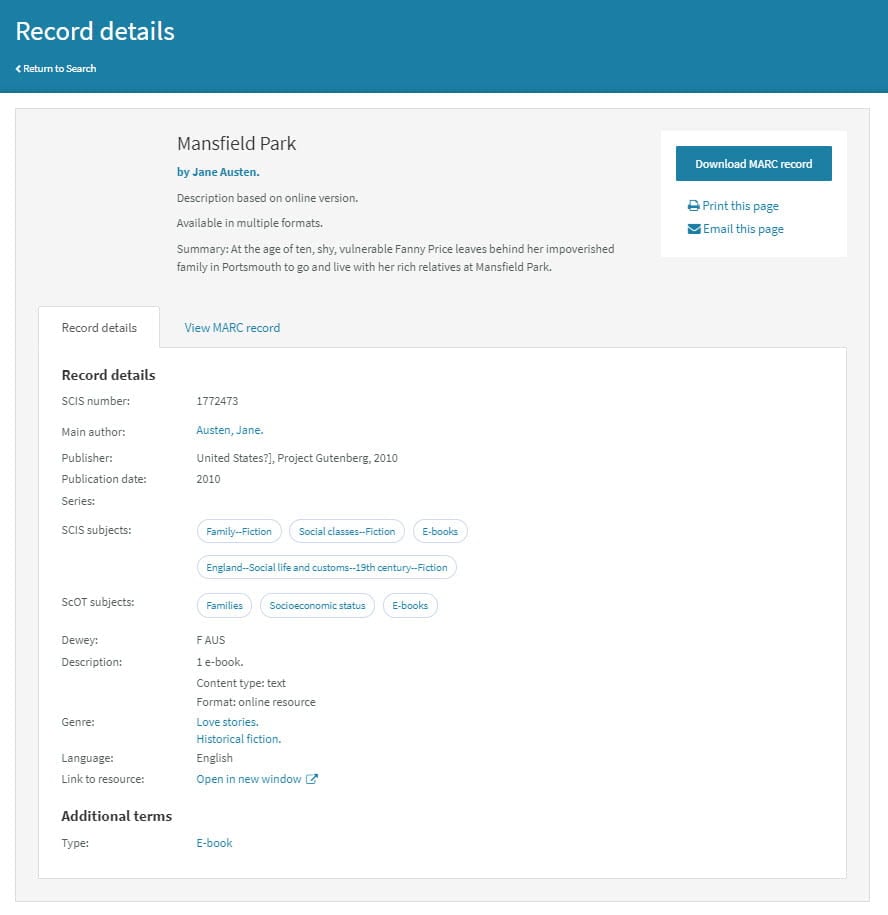The who, what, why, where and how of the Schools Catalogue Information Service (SCIS).
Every day our customer service team speaks to staff from schools across Australia, New Zealand, Great Britain, and the world. Whether it be on the phone, via email, or in person, there are some questions that are more commonly asked than others. That’s why we’ve written this 101 guide on the five facts people most want to know about SCIS.
1. Who/what is SCIS?
The Schools Catalogue Information Service (SCIS) is primarily a cataloguing service for your school library. Our service is a layer of data called catalogue records – these are like a digital version of the physical catalogue cards that libraries used to use many years ago. Our catalogue records can be imported into the software you use to manage your library (referred to as a Library Management System or LMS for short). Our records contain information about all your books and resources, and this helps you and your students to find resources when you search by keyword, subject, author, title, publisher or publication date.
We service almost 80 percent of schools in Australia, over 40 percent of schools in New Zealand, and our services are being taken up by a growing number schools across Great Britain and other parts of the world. We’re owned and run by an Australian not-for-profit company called Education Services Australia.
Creating catalogue data is laborious work, but it’s essential to students being able to find the information they need when they search in your library. Our cataloguers are all qualified librarians who skilfully sift through resources by hand to ensure our data is accurate and high-quality.
2. Why would my school need SCIS?
If you ask any qualified librarian, they will tell you that cataloguing takes a huge amount of time and effort. Each resource catalogued must be examined and classified with a set of terms that are consistent across records, otherwise your resources become increasingly hard to find in your database. For example if your library uses the subject heading “World War II” on one history book but then uses “World War 2” for another, both books might not appear in in the same search. Our service spares you all the time and effort of creating this complicated and essential data yourself, and your school can ask us to catalogue new resources for you whenever you like.
Many people don’t realise that failing to catalogue resources with accurate, consistent information makes managing, stocktaking and weeding your collection very difficult.
Additionally, having one over-arching, cohesive catalogue can be of great help even if you don’t have a centralised library – quality cataloguing is still important when your resources are split up between classrooms. If one class is doing an assignment on volcanoes and students can’t locate any of the relevant resources in any other classrooms, there can be some significant consequences, including:
- Your students missing out on fundamental learning and research opportunities
- You and your colleagues being forced to spend additional time locating resources physically rather than digitally
- The valuable resources you have spent time and money acquiring sit on a shelf unused.
All school staff benefit from SCIS records as they help to save school staff time (which is a precious resource in all schools) and help provide the correct resources to your students.
3. What products does SCIS offer?
SCIS offers two main products: SCIS Data and Authority Files.
SCISData provides you with access to our catalogue record database of over 1.6 million high-quality catalogue records. With a SCISData subscription, you can search and download as many of these as you like – and this includes records for digital products in addition to physical books.
Authority Files are files that generate ‘see’ and ‘see also’ references for searches in your catalogue, meaning that if you search for books about ‘bugs’ you can also return results on books that include ‘insects’ as their subject. Authority Files create important, verified connections between related subjects, names and series.
These two products together create a powerful combination and streamline your school library services. This saves you time and allows you to focus more on what matters: connecting with your students.
In addition to our two subscription products, SCIS also offers professional learning opportunities and library barcode scanners. Our professional learning sessions are designed to help you learn to manage your resources effectively and optimise your students’ learning experiences. And, of course, our barcode scanners will assist you at the circulation desk to ensure all loans and returns are processed smoothly and efficiently!
4. Does SCIS provide any free support?
SCIS assists in connecting an enormous variety of teachers, school staff, parent volunteers and library professionals. We endeavour to provide this vast community with the best support we can. We publish a termly magazine in print and online called Connections, where you can find out the latest school library news. Connections publishes pieces written by practising educators, teachers, library staff, authors and industry figures, offering a wide variety of views to reflect the variety of our audience.
Additionally, we often share news and updates across our social media channels on Facebook, Instagram, LinkedIn, Twitter and Vimeo. Our Vimeo page offers all viewers free advice that can help you make the most of your SCIS subscription.
And lastly, we have a wonderful blog – which you’re reading right now! We post all sorts of news from educators, publishers and our own news on this site. We welcome all manner of contributions to this blog, so if you have any ideas, please feel welcome to write to us about it!
5. Is SCIS the software I use when I’m searching in my library?
SCIS is not what’s known as a Library Management System (LMS). When you’re using your system, the interface is not what we’ve created. There are a number of wonderful vendors who create all sorts of different Library Management Systems you can use, and we work with all of them.
Our data sits ‘under the hood’ of your LMS. It powers your searches for resources, provides data consistency that makes them findable, and gives you back the time it would take to catalogue your resources manually. That’s the magic of SCIS, we work so seamlessly within your Library Management System that we’re practically invisible!



